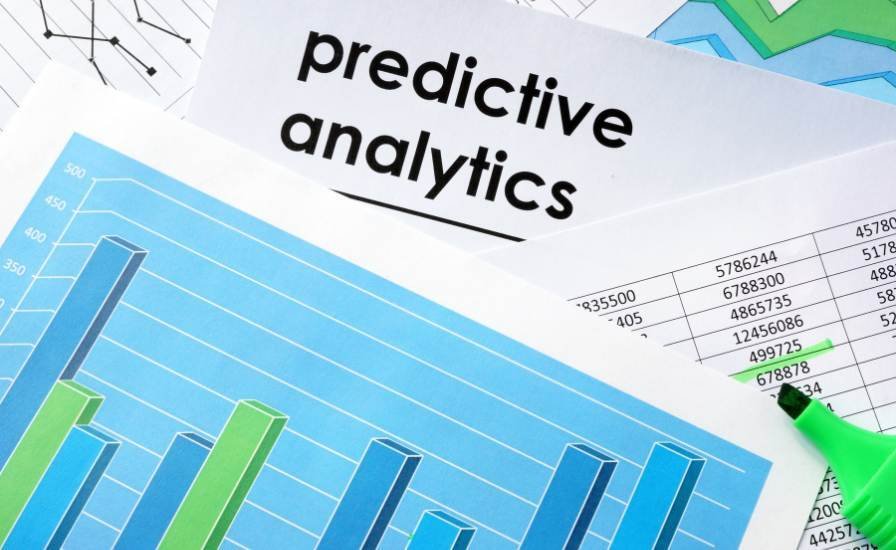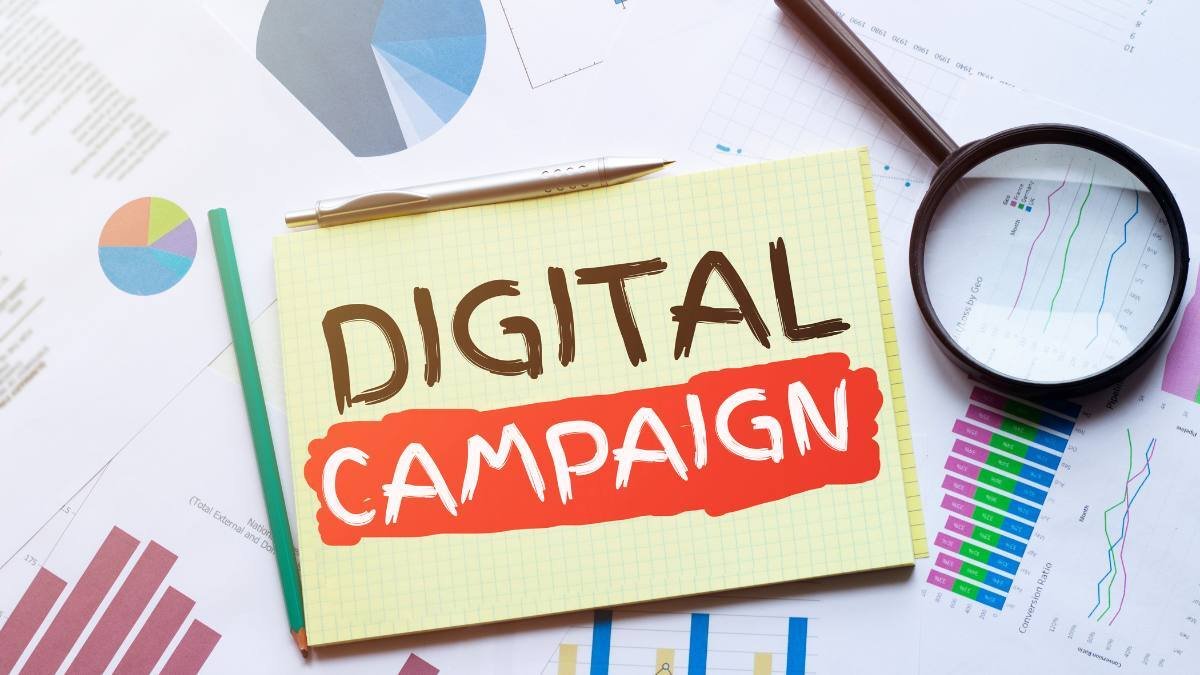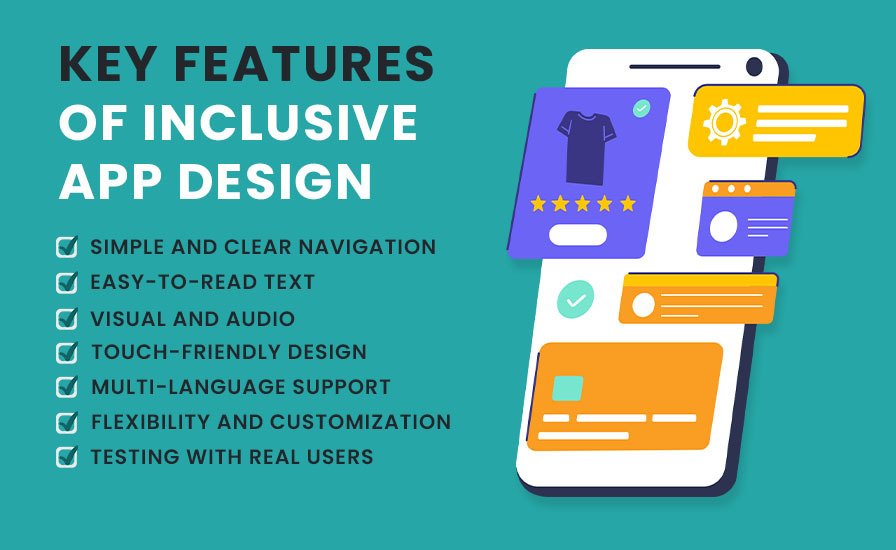Boost Marketing Success with Predictive Analytics
People often read a lot of blogs to get the right information about certain things. But as you don’t always get what you’re looking for you need something that is not exaggerated but informative. It’s time that you are provided with all the details you need to know about predictive analytics marketing.
Our world quickly shifted from manual to digital and in this ever-changing world, staying ahead of the competition now requires more than just great products or services. It highly demands an insightful marketing approach that can predict your customer needs, optimize campaigns and maximise ROI.

Let’s not waste time and understand how predictive analytics can transform your marketing efforts and lead to remarkable success.
What is Predictive Analytics?
Predict analytics includes using statistical techniques, machine learning algorithms, and historical data to predict future outcomes. It’s like having a mirror that gives you a glimpse into future trends and behaviors. In terms of marketing, it means predicting your customer’s actions, preferences and needs before they happen. This will allow you to customize your digital marketing strategy for maximum impact.
The Power of Predictive Analytics in Digital Marketing
Predictive analytics in digital marketing is not just a viral word. It’s a game changer for businesses. You can identify patterns and trends that might go unnoticed by analyzing large amounts of data from various sources. This method gives businesses great power to make informed decisions, create personalized campaigns and use resources more efficiently. Here are some key benefits of using predictive analytics and digital marketing:
Improved customer insights
Understand your customers better by predicting their needs and behaviours.
Optimized Campaigns
You need to customize your marketing efforts to reach your target audience with the right message and that too at the right time.
Increased ROI
Use resources more effectively and make sure that your marketing budget is spent where it will have the greatest impact.
Improved Customer Retention
Identify what customers are at risk and work on the strategies to retain them.
Key Parts Of Predictive Analytics Marketing Strategy
There are several key parts of creating a successful predictive analytics marketing strategy and each of these elements work together to give you a detailed method to understand and anticipate your customer’s behaviour.
Data Collection And Implementation
The first step in your predictive analytics strategy is gathering the data. This data can come from multiple resources like website analytics, social media interactions, purchase history, and more. Using these data sources provides you with a clear view of your customer journey.
Data Analysis and Modeling
Once you have collected the data, you need to analyze it to uncover patterns and trends. Machine learning algorithms and statistical models are used to predict future behaviors based on historical data. This process means that you will be identifying key indicators that influence the actions of your customers.
Customer Segmentation
Segment your customers based on their predicted behavior for more targeted marketing behavior. You can personalize your campaigns to meet the needs of your customers by simply understanding which customers are likely to make a purchase or engage with your content.
Campaign Optimization
You can optimize your campaigns for better results by using the insights gained from predictive analytics. This might involve adjusting ad spend, tweaking messaging or changing the timing of your campaigns to align better with your customer behavior.
Continuous Improvement
Predictive analytics is not a one-time effort. It requires constant monitoring and adjustment for you to stay relevant. You can make sure that your marketing strategy remains effective and responsive to changing customer behaviors by regularly analyzing data and refining your models.

How Predictive Analytics Enriches Data-Driven Marketing
Data-driven marketing is all about making decisions based on data rather than intuition. Predictive analytics takes this approach to the next level by providing insights into future trends and behaviors. Here’s how predictive analytics enhances data-driven marketing:
- Targeted Campaigns: You can focus your efforts on high-value targets by predicting which customers are most likely to respond to a campaign,
- Personalized Experiences: Predictive analytics allows personalized marketing by predicting customer needs and delivering relevant content and offers.
- Resource Distribution: Optimize your marketing budget by focusing on strategies that are predicted to get the highest returns.
- Customer Journey: Understand and analyze the different stages of the customer journey to provide a flawless experience.
Real-World Applications of Predictive Analytics in Marketing
To understand the real impact of predictive analytics in marketing, let’s look at some real-world applications and success stories.
1. Predicting Customer Needs
One of the most powerful applications of predictive analytics is in customer needs prediction. Businesses can predict what products or services a customer is likely to need next by analyzing past purchase behavior, browsing patterns, and engagement metrics. For example, an online retailer might use predictive analytics to suggest complementary products based on a customer’s purchase history.
2. Improving Customer Segmentation
Predictive analytics can greatly improve customer segmentation by identifying fine patterns and relationships within the data. This allows you to create more detailed segments and customize your messaging to each group. For example, a travel company might use predictive analytics to segment customers based on their travel preferences and predict which customers are likely to book a vacation soon.
3. Optimizing Marketing Campaigns
You can use predictive analytics to optimize your campaigns by identifying the best time to launch, the most effective channels and the messaging that resonates most with your audience. For example, a fashion designer might use predictive analytics to determine the best time to launch a new collection for maximum engagement and sales.
4. Reducing Customer Disturbance
Retaining existing customers is usually more cost-effective than going after the new ones. Predictive analytics can your business identify at-risk customers and implement strategies to retain them. For example, a subscription-based service might use predictive analytics to identify customers who are likely to cancel their subscriptions and give them personalized packages to stay.
Best Practices To Implement Predictive Analytics
It’s a slightly difficult process to implement a predictive analytics strategy but following these practices can help you ensure your online success.
1. Start With Clear Goals
It’s essential that you clearly define your goals before you implement predictive analytics. Understand what you want to accomplish with predictive analytics. From improving customer retention and increasing sales to optimizing your marketing spend, having clear goals will guide your strategy.
2. Collect High-Quality Data
The quality of your predictions entirely depends on the quality of your data. Make sure that you are collecting accurate and relevant data from different sources. This data covers customer interactions, buying history, social media engagement and more.
3. Choose The Right Technologies And Tools
There are multiple technologies and tools available for your predictive analytics. Choose the ones that fit your brand needs and marketing budget the best. Some of the popular options are machine learning platforms, statistical software and data visualization tools.
4. Collaborate With the Teams
Predictive analytics is a cross-functional effort that requires collaboration between marketing, data science, and IT teams. Make sure that all of your teams are aligned and working together towards the common goals of your business.
5. Monitor and Adjust
Predictive analytics is an ongoing process that needs continuous adjustments and monitoring. You need to regularly review your models and strategies to make sure that they remain effective and then make necessary adjustments based on new data and insights.
The Future Of Predictive Analytics In Digital Marketing
As you know technology will continue to upgrade and the role of predictive analytics in digital marketing will continue to grow even more. Here are some trends you should watch out for:
- Artificial Intelligence and Machine Learning: Betterments in AI and machine learning will make predictive analytics even more powerful and help with more accurate predictions and deeper insights.
- Integration with IoT: The Internet of Things (IoT) will provide even more data points for predictive analytics and allow you for more precise predictions.
- Personalization at Scale: Predictive analytics will let businesses deliver highly personalized experiences at scale which will drive customer engagement and loyalty.
- Real-Time Analytics: Real-time predictive analytics will allow businesses to respond to customer actions and trends instantly. It will also provide a powerful competitive advantage.

Final Words
Predictive analytics marketing is a powerful tool that can completely change your marketing efforts and make you successful online. It can significantly help you in reaching your goals. Implementing predictive analytics in your digital marketing strategy is about providing the best experience to your customers and not just staying ahead of the competition.
So step up, take action and boost your online presence.
Stay Informed, Stay Ahead
Explore our insightful articles and stay updated on the latest trends, tips, and strategies shaping the digital marketing landscape.





